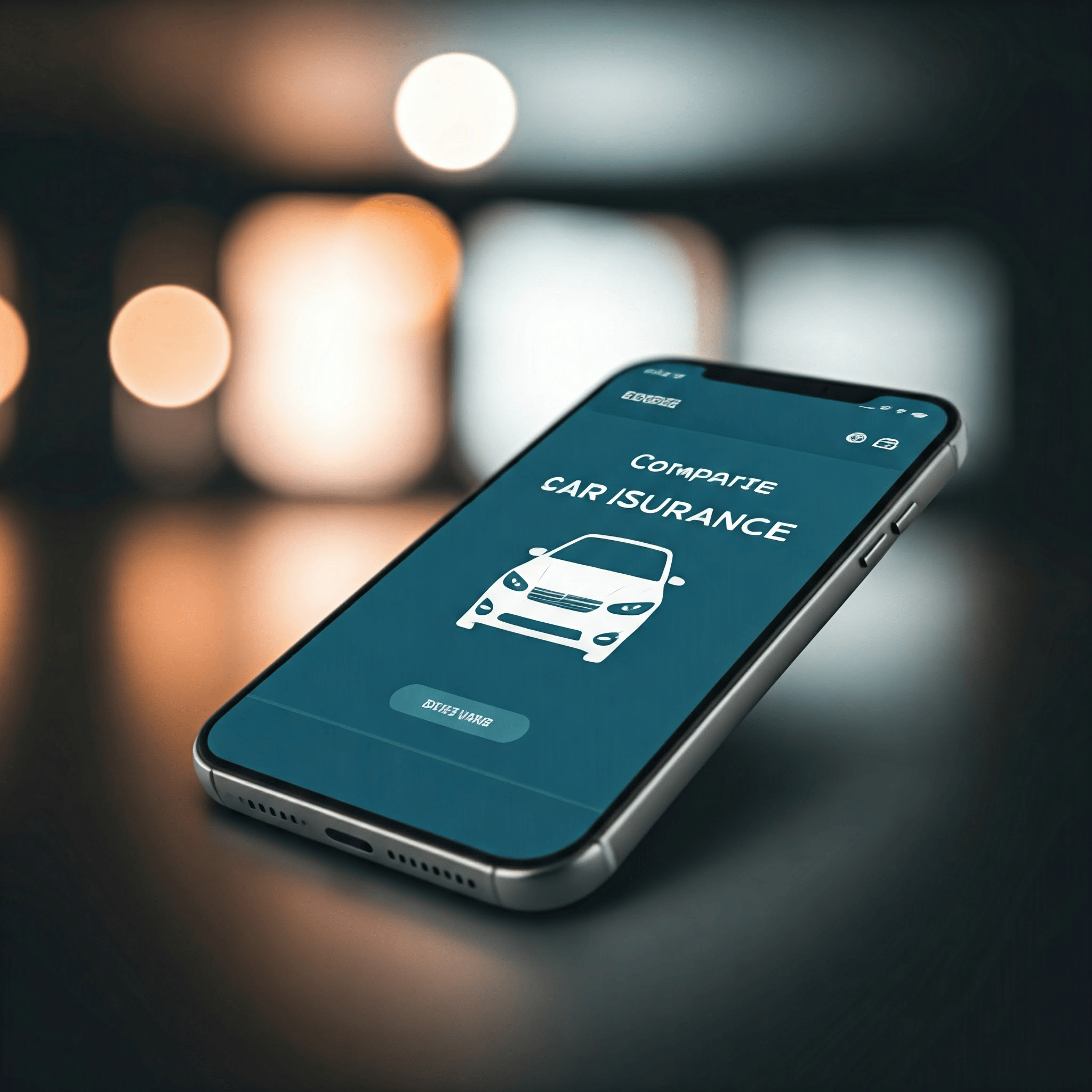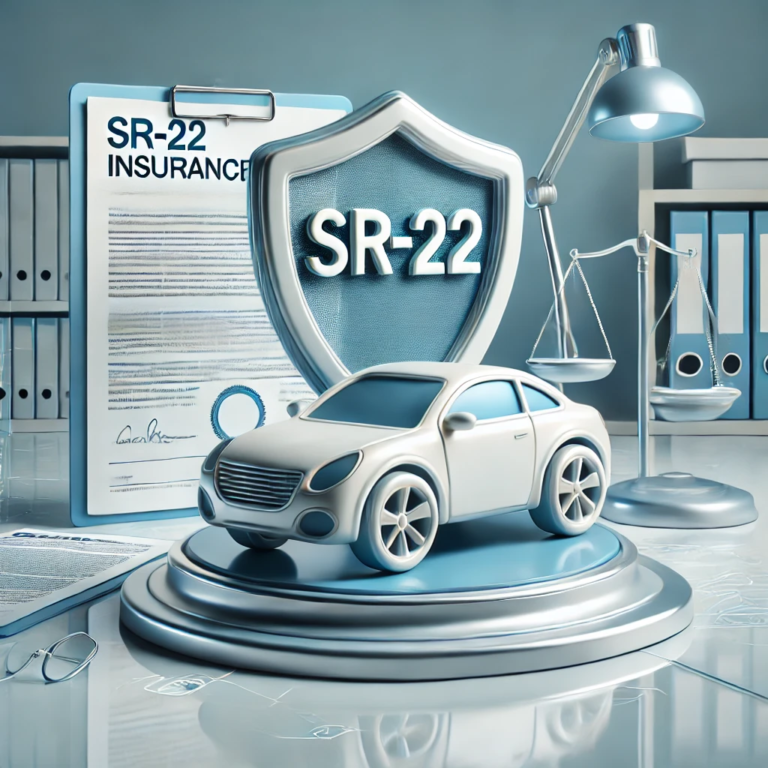Compare auto insurance rates
When shopping for auto insurance, one of the most important factors is finding the best rate that offers the right coverage. Compare auto insurance rates can vary widely between providers, and understanding how to compare them is crucial for saving money while ensuring that you have the protection you need. In this article, we’ll guide you through the process of comparing auto insurance rates and provide tips on how to choose the best plan for you.
Why Comparing Auto Insurance Rates is Important
Auto insurance rates can differ significantly based on multiple factors, such as your driving history, location, the type of car you drive, and the level of coverage you need. While it’s tempting to go with the first insurer you come across, comparing auto insurance rates ensures that you get the best value for your money. A little research can lead to significant savings over time, making it an essential step in your car ownership experience.
Key Factors That Affect Auto Insurance Rates
Before diving into the comparison process, it’s important to understand the key factors that influence auto insurance rates. These factors will help you gauge why rates vary and what you can do to lower them.
1. Driving History
Your driving record is one of the most significant factors in determining your auto insurance rate. If you have a history of accidents, speeding tickets, or claims, your premiums are likely to be higher. Conversely, a clean driving history can help you secure a lower rate.
2. Vehicle Type
The make, model, and age of your vehicle also impact your insurance premiums. Newer, more expensive cars typically cost more to insure because of higher repair or replacement costs. Additionally, cars with high safety ratings or anti-theft features may qualify for discounts.
3. Location
Where you live plays a big role in your insurance rate. Drivers in urban areas with higher traffic congestion or crime rates may pay more for insurance, while those in rural areas may find cheaper rates.
4. Coverage Level
The amount of coverage you choose will directly affect your premium. Basic liability coverage is typically cheaper than comprehensive coverage, but it offers less protection in case of an accident. Understanding the types of coverage is essential when comparing auto insurance rates.
5. Credit Score
In many states, insurers use your credit score as a factor in determining your rate. People with higher credit scores tend to pay lower premiums because they are seen as less risky to insure. Improving your credit score may lead to lower insurance costs over time.
Steps to Compare Auto Insurance Rates
Now that you know the factors that influence insurance premiums, here’s how to effectively compare auto insurance rates.
1. Gather Your Information
To get accurate quotes, you’ll need to have all your personal and vehicle information on hand. This includes:
- Your driver’s license number
- Vehicle make, model, and year
- Your address
- Your driving history (any accidents, tickets, or claims)
- Desired coverage limits (e.g., liability, collision, comprehensive)
Having all this information ready will save you time and ensure that the quotes you receive are tailored to your needs.
2. Use Online Comparison Tools
Online comparison websites make it easier than ever to compare auto insurance rates from multiple auto insurance providers. These tools allow you to enter your information once and receive multiple quotes from different insurers, saving you time and effort. Be sure to check multiple comparison sites, as rates can differ from platform to platform.
3. Get Quotes from Individual Insurers
While comparison tools are convenient, it’s also a good idea to visit the websites of individual insurance companies. Some insurers, such as Geico, Progressive, and State Farm, offer exclusive discounts or promotions that may not appear on comparison sites. This allows you to gather a complete list of options before making a decision.
4. Evaluate Coverage Options
When comparing auto insurance rates, don’t just focus on price—consider the coverage each policy offers. Pay attention to:
- Liability Coverage: Protects you if you’re at fault in an accident and cause damage to someone else’s property or injury.
- Collision Coverage: Pays for damages to your own vehicle after an accident.
- Comprehensive Coverage: Covers damage from non-collision incidents such as theft, vandalism, or weather-related damage.
- Uninsured/Underinsured Motorist Coverage: Protects you in case the other driver is at fault and doesn’t have sufficient insurance.
Make sure you’re comparing auto insurance rates with similar levels of coverage across all quotes to get a fair comparison.
5. Look for Discounts
Many insurance companies offer various discounts that can lower your premium. Common discounts include:
- Multi-policy discount (bundling auto and home insurance)
- Safe driver discount (for those with a clean driving record)
- Anti-theft device discount (for cars equipped with security systems)
- Good student discount (for students maintaining a certain GPA)
- Low-mileage discount (for those who drive fewer miles)
Ask insurers about any discounts you may be eligible for to reduce your premium further.
6. Read Customer Reviews and Ratings
Price isn’t the only thing to consider when choosing an insurance provider. Research customer reviews to get a sense of an insurer’s reputation. Look for feedback on their customer service, claims process, and how quickly they resolve issues. Websites like J.D. Power and Consumer Reports offer detailed ratings that can help guide your decision.
7. Review Your Deductible
Your deductible is the amount you’ll pay out of pocket before your insurance kicks in. A higher deductible usually results in a lower premium, but it also means more financial responsibility in case of an accident. Make sure the deductible is manageable for your budget.
Final Tips for Saving on Auto Insurance
- Shop Around Annually: Auto insurance rates can change over time. Be sure to compare auto insurance rates each year to ensure you’re still getting the best deal.
- Maintain a Clean Driving Record: Avoid accidents and tickets to keep your rates low.
- Consider Pay-Per-Mile Insurance: If you don’t drive often, you might save money with a pay-per-mile insurance plan, which charges based on the miles you drive.





